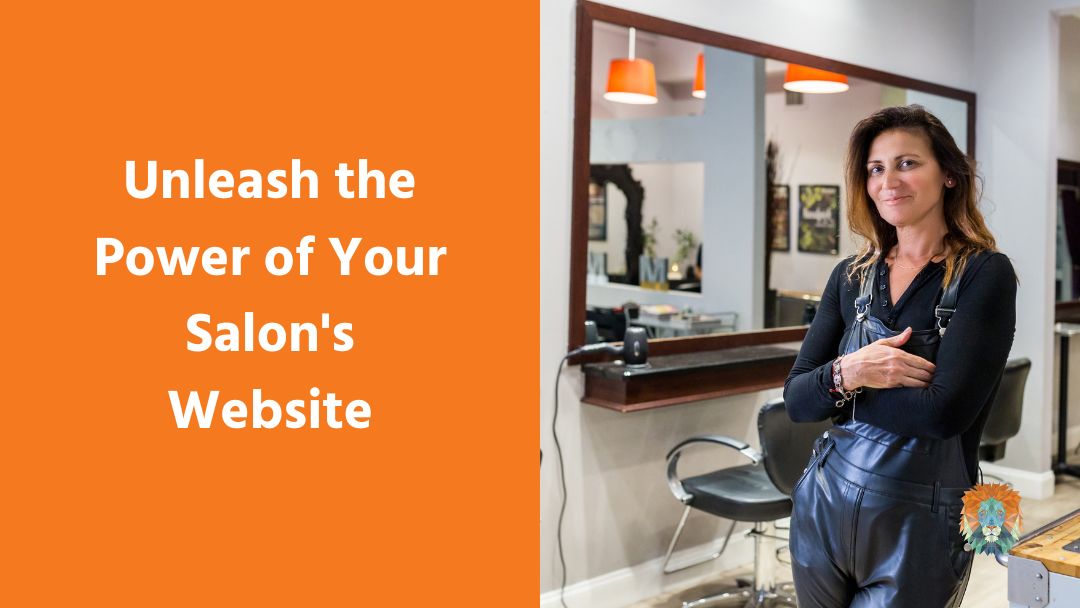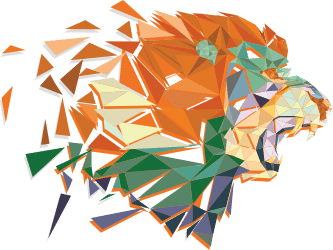We have updated this article for 2020 please click here to view it
The beauty marketing industry is a fascinating one because it has so many different layers. There are macro layers, e.g., the differences in marketing techniques between the multinational businesses and the indie businesses.
Then there are differences in the way we reach our clients. According to Mintel’s research into beauty trends 2019, 54% of beauty-product consumers use the internet to research products. So naturally, the internet plays a central role (especially social media).
There are also differences in the content style brands are using, e.g., we’ve seen a huge increase in the use of Artificial Intelligence within the beauty industry. These technologies help people decide such things as which foundation suits their complexion or whether a pair of glasses suits their face.
In this blog, we look at some of the best marketing campaigns from across the beauty marketing industry – including big name brands and indie brands – to see what they’re doing and why their projects work so well.
By understanding how the most successful beauty marketing campaigns work, you can understand where the trends are heading and how to capitalise on these trends to help your own brand succeed within the health, beauty, and wellness industry.
What the Giants Are Doing
L’Oréal’s “Digital-First” Strategy
As one of the oldest and most successful cosmetic brands, L’Oréal understands beauty marketing. Over the course of more than a century, they’ve grown from a small company (you might even call it an indie company) to the number one cosmetics groups in the world.
That doesn’t happen without good insight into marketing and knowing how to keep up with trends. Today, they prove no exception to this rule and their digital-first strategy shows how well they understand today’s consumers.
The moto underlying their entire strategy is, “Seize What’s Starting”. It effectively means that they ride the crest of new consumer trends.
In the article, How L’Oréal is preparing for the next evolution of digital marketing, gives a few pointers about how the beauty marketing industry has changed and how this affects their marketing content. Here are a few highlights:
- A typical sales pitch is 2-seconds. Six seconds is a long-form ad. Their digital adverts are a fraction of the length of traditional advertising. If a typical TV advert lasts 30-seconds, an online advert is up to 1/15th shorter!
- You need to pack a punch and fast, so the content is short, product-centric, and gets straight to the point.
- Capitalising on new technologies, such as Artificial Intelligence (AI), Virtual Reality (VR), and Augmented Reality (AR) is the next evolution. L’Oréal has recently acquired Modiface, a software platform providing a range of AI, VR, and AT technologies that help consumers make use of things like interactive mirrors to apply virtual makeup – try before you buy. Obviously, this is a massive help for online buyers who, in the past, had to take more of a gamble when buying make-up and clothing online.
Sephora’s Virtual Artist
A fantastic way for large companies to connect with their consumers is to make their content fun and useful. Sephora has nailed this with their Visual Artist experience.
This app allows Sephora customers to try on make-up virtually. It’s effectively the same technology as the Modiface. This shows how all of the larger companies tend to be following similar content trends.
The app has a range of make-up tutorials and colour match tools to help customers find their perfect style. It’s the perfect encapsulation of “giving the customer what they want”.
But…what about the little brands?
It’s easy to assume that, with billions of dollars behind them, these large corporations only ever get things right, but the saying “How the mighty have fallen” exists for a reason.
Sometimes these larger businesses just don’t understand how to connect with consumers. Dove had a particularly high-profile fall from grace when it tried to play the “inclusivity” card but got it wildly wrong.
Large brands have a bit of a “Hey, Fellow Kids” thing going on. They try to speak like their consumers, but the effect is patronising. It turns consumers away. It’s like parents and teachers trying to talk about Fortnite or saying “Yeet”; it never works and it makes people cringe. The last thing a brand wants to do is make its customers cringe with embarassment.
Instead of trying to relate on a personal level, large companies need to spend time conducting thorough market research so that they understand their place within the broader industry, and cater to that.
Big brands need to understand that they’ll never be able to “join in” at the grassroots level because that’s just not their place. And that’s fine as long as they don’t try to compete with indie brands that go viral. It’s never going to work.
The great news for smaller businesses is that this means there’s an audience segment within the beauty industry that only they can capture. Despite their lack of funds, indie brands can flourish.
The Authentic Revolution
Some people refer to the popularity of indie brands as the “Authentic Revolution” and they’re right. Indie brands are able to connect with consumers authentically and this is pushing their growth.
In fact, indie brands are dominating the beauty industry according to an article by the Huffington Post. They argue that the internet has revolutionised consumerism. It’s no longer the big bosses setting demands from above. Now consumers are voting with their feet (or, because of touchscreens, fingers). Brands that don’t give the customer what they want don’t get the followers or the links to their websites and the internet traffic just doesn’t arrive.
Without internet traffic, there are no sales. Let’s look at some brands that are doing really well in today’s climate.
Josephine Cosmetics
The charm with indie brands (and one of the reasons they flourish in today’s consumer markets) is that they offer unique value for their customers by solving the unique problems.
Josephine Cosmetics uses marketing to convey its mission to create sustainability within the beauty industry. They advertise their products by ensuring their customers understand where they have come from and how they maintain the principles of sustainability.
Larger companies aren’t able to do this to the same degree as people naturally assume that the larger the business, the more polluting it is by default. Their efforts at sustainability are viewed as more disingenuous.
Filberts of Dorset
Another trend that we’re seeing, and not just within the beauty industry, is the push towards buying local. It’s impossible for the larger corporations to capture this market because they are multinational.
Small, independent, businesses such as Filberts of Dorset are able to attract customers because they solve so many problems for modern consumers.
The products are natural, so there’s less fear of chemicals and the associated risk; they help keep skin in tip-top condition; they help to maintain bee colonies, which is a big issue that will affect the UK in coming years; and the products are local.
For indie brands, marketing needs to be authentic and it needs to target people on a personal level. Many marketing tools can help small businesses get ahead online and reach the right people in the right way.
So, larger businesses can afford the flashy AI, VR, and AR, but they can’t capture the full gamut of consumers. There’s a place within the beauty marketing industry for both.
Are you looking to kick-start your beauty marketing campaign? We can help you do this – get in touch today.





0 Comments